BUP Interview with Kefajet Edip
Balkan University Press is excited to share an interview with Asst. Prof. Kefajet Edip, on her book on seismic risk assessment and sustainable urban development, that was published within the BUP Academic Research series.
Please tell us about yourself and your motivation for doing research about urban planning in earthquake-prone regions.
My interest in the field of urban planning started since the time I was a student at the Faculty of Architecture at Ss. Cyril and Methodius University in Skopje. A few years after I graduated as a young architect in April 2014, I attended a conference in Istanbul titled “Seismic Safety trade fair for earthquake safety, fire protection, and intelligent urban renewal.” At this event, there were a series of seismic talks organized by DETAIL magazine. Professionals from different fields, such as engineers, urban planners, geographers, and architects, discussed topics related to earthquake safety in the built environment. The talks by the famous architects, among which were Emre Arolat, Can Cinici, and Murat Tabanlioglu, highly inspired me.
The same year (2014), I enrolled in master studies at the Faculty of Architecture at Ss. Cyril and Methodius University in Skopje focused on the sustainable urban development of cities with a case study of an urban region in Skopje. It is well-known that Skopje belongs to a seismic region, and earthquakes are a natural part of this geography. To understand the phenomenon of earthquakes, I broadened my knowledge by doing PhD at the Institute of Earthquake Engineering and Engineering Seismology (IZIIS) at Ss. Cyril and Methodius University of Skopje. The PhD opened to me a new world and introduced me to the contemporary issues faced by the built environment in earthquake-prone regions.
In my doctoral dissertation, which is the basis of this book, I researched the connection between urban planning and seismic risk. Earthquakes represent natural phenomena that cannot be controlled. Instead, the built environment should respond to earthquakes in a way that will not get damaged and will not have losses in terms of economic and human losses. Buildings designed and built according to seismic design codes are considered seismically safe. However, the urban tissues of cities, especially older cities, consist of buildings built in different periods. Buildings built before the adoption of seismic design codes are considered vulnerable to seismic risk. Application of seismic design codes is crucially important, and identifying the buildings that have been built without the use of seismic design codes or according to older versions of seismic design codes can be done with seismic risk assessment. Seismic risk assessment as a methodology can support urban planning for achieving seismically safe and sustainable urban environments.
Can you briefly define the term seismic risk?
Based on the Sendai framework for action, the three components, hazard, exposure, and vulnerability, formulate risk. In the context of seismic risk, the hazard component refers to earthquakes, and everything that is exposed to earthquakes, such as people, buildings, infrastructure, etc., comprise the exposure component, while the susceptibility of the exposed entities to damage or losses represents the vulnerability component. There are many cities and urban settlements developed in earthquake-prone regions. The seismic risk cannot be eliminated but it can be reduced by mitigation measures. To apply mitigation measures, it is important to increase seismic risk awareness in the first place at the urban planners as well as authorities who are responsible for decision-making about the physical spaces in an urban environment.
Are urban planners aware of the seismic risk at the urban scale?
To answer this question, I did a literature review, presented in Section 2 of the book, analyzing the urban planning practices and seismic risk mitigation measures applied in urban planning in selected earthquake-prone countries from different seismic regions of the world. These include the Pacific seismic region (California, USA), the South American seismic fault (Chile), the Australian-Pacific seismic fault (New Zealand), and the Mediterranean region (Italy, Greece, Turkey, and North Macedonia). The Pacific and Australian seismic regions are hit by very high-intensity earthquakes while the Mediterranean countries are exposed to lower-intensity earthquakes, yet the seismic risk cannot be ignored mainly because of the older building stock in the European continent. Besides the seismic design codes, which are the main structural seismic risk mitigation tools, urban planning is recognized as a non-structural seismic risk mitigation instrument by the broader scientific community. Based on the literature review, urban planners usually refer to seismic hazard information. However, besides the hazard, the other components of risk, exposure, and vulnerability should be considered to obtain a comprehensive understanding of the existing and potential seismic risk at the urban scale. Compared to other analyzed earthquake-prone countries, New Zealand is the one example where land use planning is based on risk information. Generally, it can be concluded that seismic risk awareness has increased among urban planners, but there is more to do to achieve better results.
In the book, you suggest that seismic risk assessment should be an integral part of the urban planning process, especially when dealing with existing urban regions. What is required to achieve this?
Seismic risk assessment at the urban scale is a very complex procedure since there is a lot of data that should be obtained to be used as input parameters to conduct the assessment of seismic risk. The accuracy of the seismic risk assessment results is directly influenced by the reliability of the input parameters. In the first place, data about the components of seismic risk should be obtained. In my research, the seismic hazard information was based on the most recent and up-to-date database of the European Seismic Hazard Model 2020 (ESHM20) and the European Seismic Risk Model 2020 (ESRM20). The local site conditions were obtained from a study conducted by the IZIIS team. The exposure model was prepared based on studies done by IZIIS as well as the Detailed Urban Plan which covers the pilot study location. The vulnerability model consisting of both vulnerability and fragility functions was also based on the ESRM20. The assessment of seismic risk for the pilot study was done with the Open Quake engine. For more details about the seismic risk assessment input parameters and calculation process, please see Section 3 in the book.
What inspired you to turn your doctoral dissertation into a book, and who do you hope will benefit most from it?
This book is based on my doctoral dissertation and holds great personal significance. I genuinely believe that it will reach a broader scientific community as well as professionals engaged in urban planning, helping to raise awareness about seismic risk. We live in a region where earthquakes are very common and may cause significant disasters. Therefore, it is crucial to inform the public about seismic risk mitigation measures and ensure preparedness for a new earthquake. The research work presented in this book provides an overview of the assessment of seismic risk in an existing urban area and analyzes the role of urban planning parameters in the context of seismic risk.
I am grateful to Balkan University Press (BUP) for the opportunity to publish my book. My sincere thanks go to my PhD supervisor, Prof. Dr. Roberta Apostolska and Prof. Dr. Radmila Salik Makreska, whose thoughtful reviews and valuable insights significantly contributed to the improvement of this work. Finally, I am most thankful to my parents, Bahtisha and Jusuf, to whom I dedicate my first book.
Kefajet Edip, the author of the book “Seismic Risk Assessment as a Basis for Sustainable Urban Development” is a Teaching Assistant at the Faculty of Engineering, Department of Architecture, at International Balkan University. She has bachelor’s and master’s degrees in technical sciences in the field of architecture and earned a PhD in technical sciences in the field of earthquake engineering. Her research interests include architectural design of dwellings, computer-aided design software, seismic risk assessment, and sustainable and resilient urban planning. She has published several scholarly articles and participated in numerous scientific conferences.
Latest News
-

Opened call for the new issue of TEFMJ
Date: 10.02.2024 -
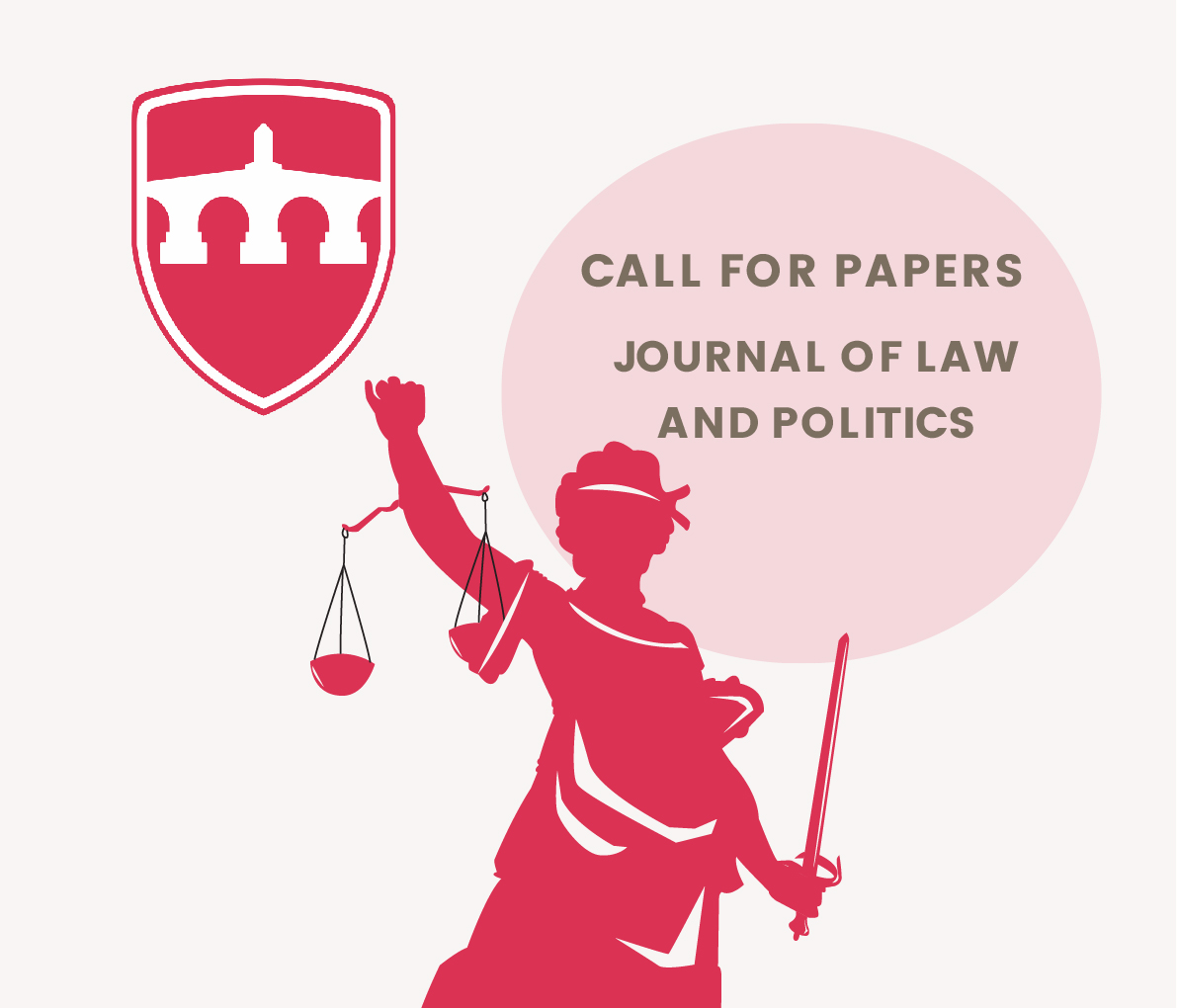
The Journal of Law and Politics welcomes your papers
Date: 10.02.2024 -
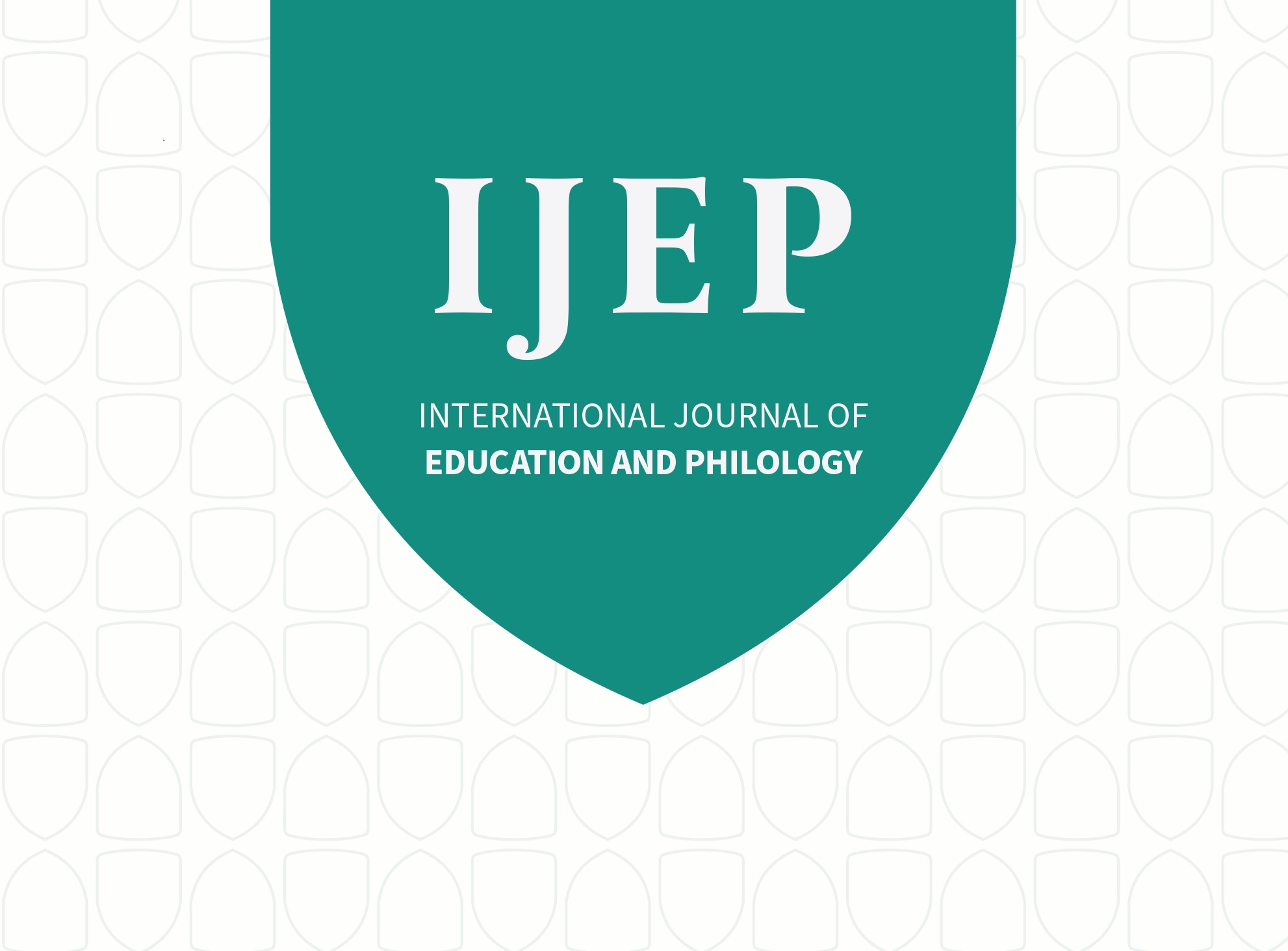
-

Call for Papers for an Edited Volume
Date: 27.05.2024 -

Open Call for Chapter Proposals
Date: 27.05.2024 -

The new issue of Journal of Law and Politics is here!
Date: 01.05.2024 -

TEFMJ June issue is published
Date: 01.07.2024 -

IJEP's Vol. 5, Issue 1 is now available!
Date: 02.07.2024 -

Vol. 4, Issue 1 - IJTNS
Date: 01.07.2024 -

The first IJAD volume is online!
Date: 02.07.2024 -

Balkan University Press Launches the Journal of Balkan Architecture
Date: 15.07.2024 -

-

Balkan Political Economy Series welcomes your proposals
Date: 18.07.2024 -
BUP Interview with Prof. Marija Miloshevska Janakieska
Date: 18.07.2024 -
BUP Interview with Asst. Prof. Dr. Ahmet Lökçe
Date: 24.07.2024 -

-
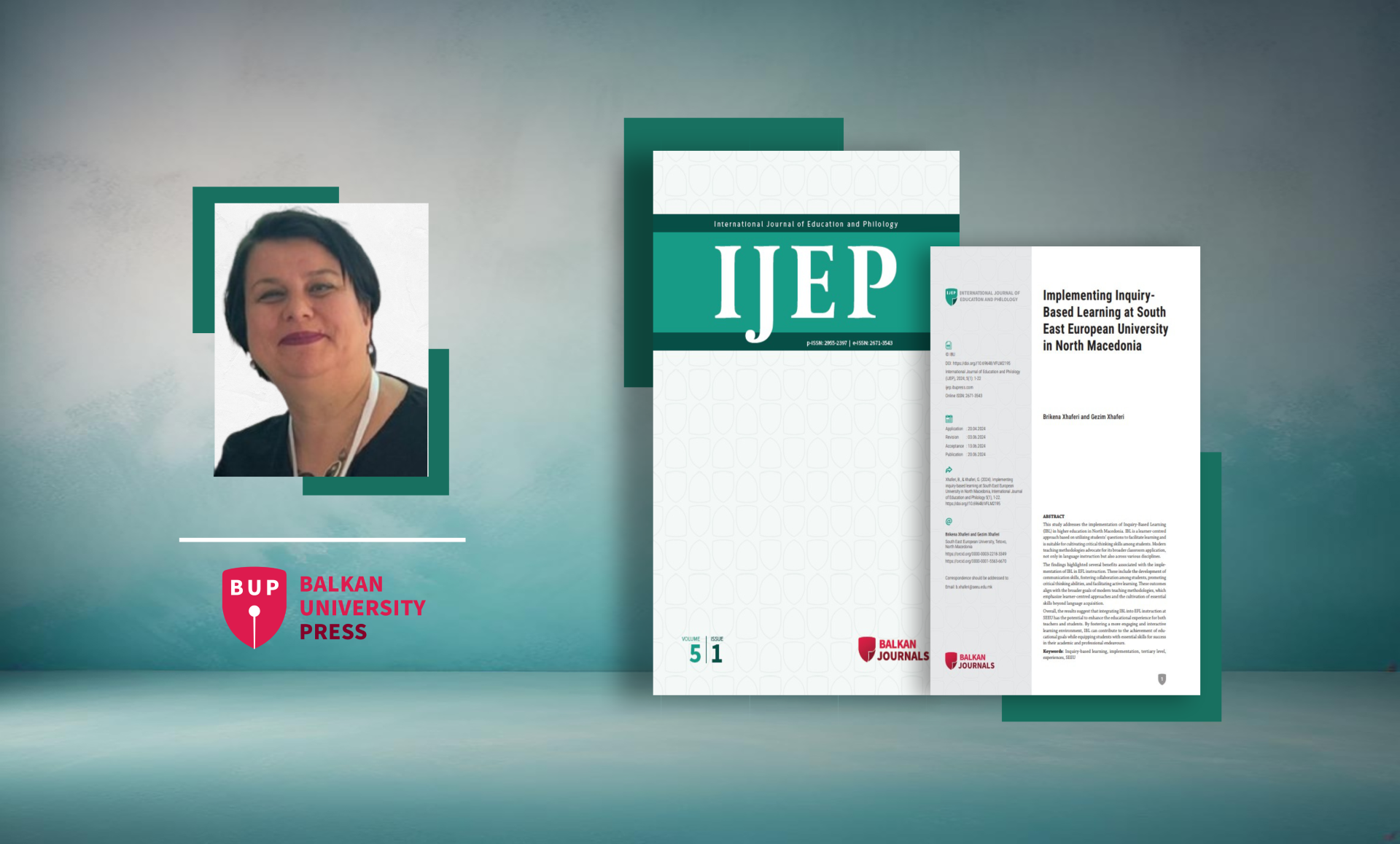
Prof. Xhaferi's blog for BUP
Date: 28.08.2024 -
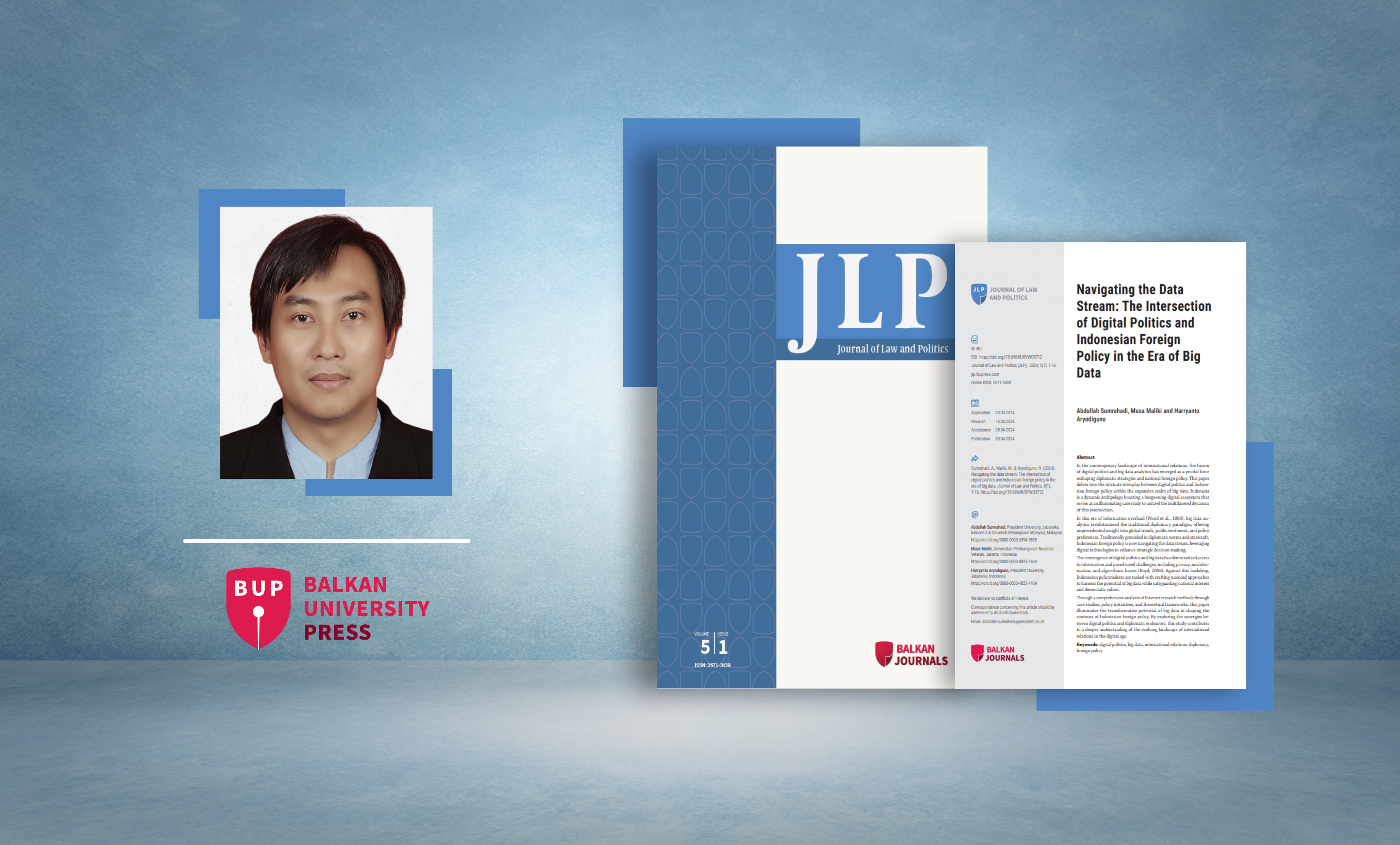
-
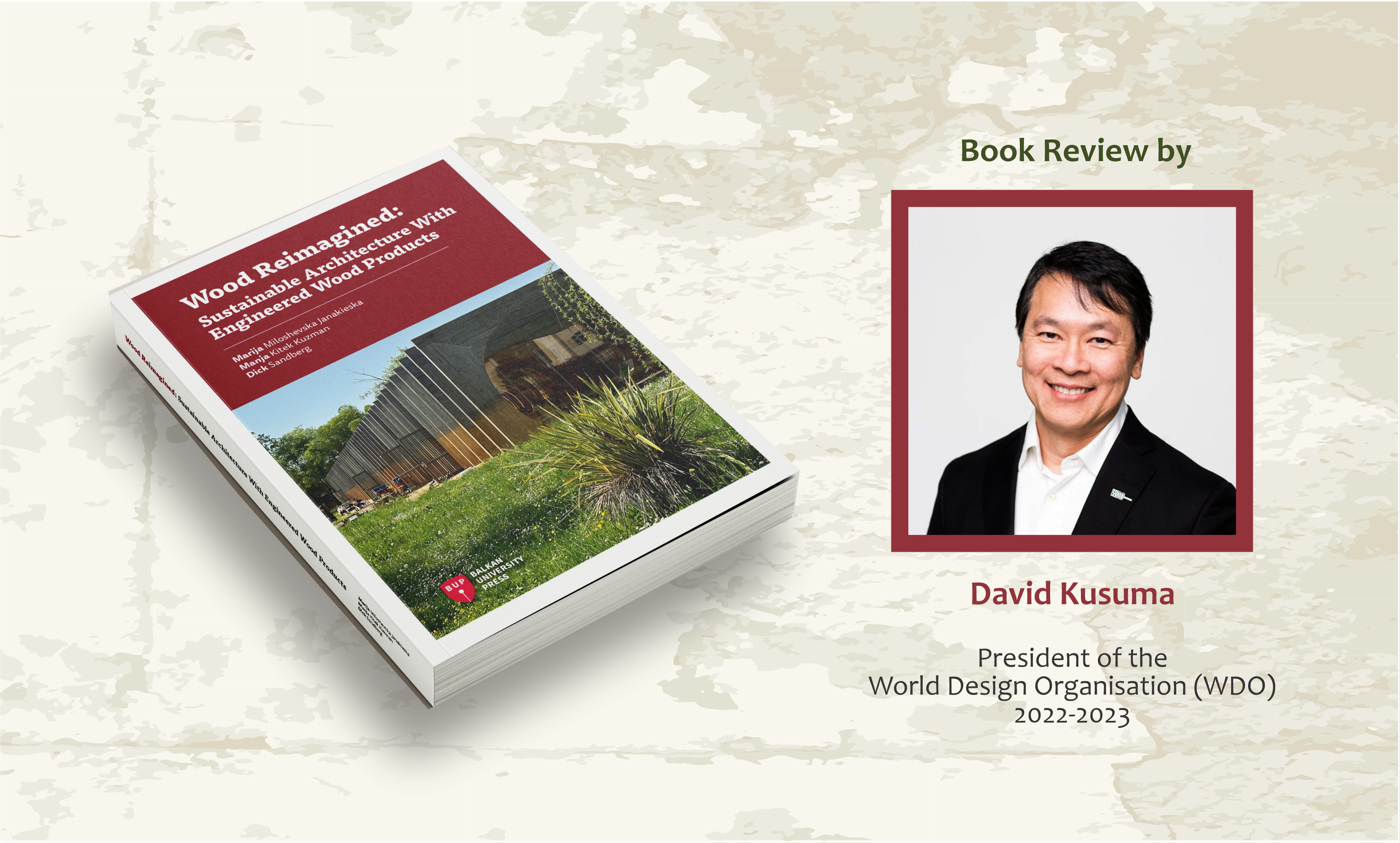
-

IJEP is now indexed in the Copernicus Journals Master List
Date: 23.09.2024 -
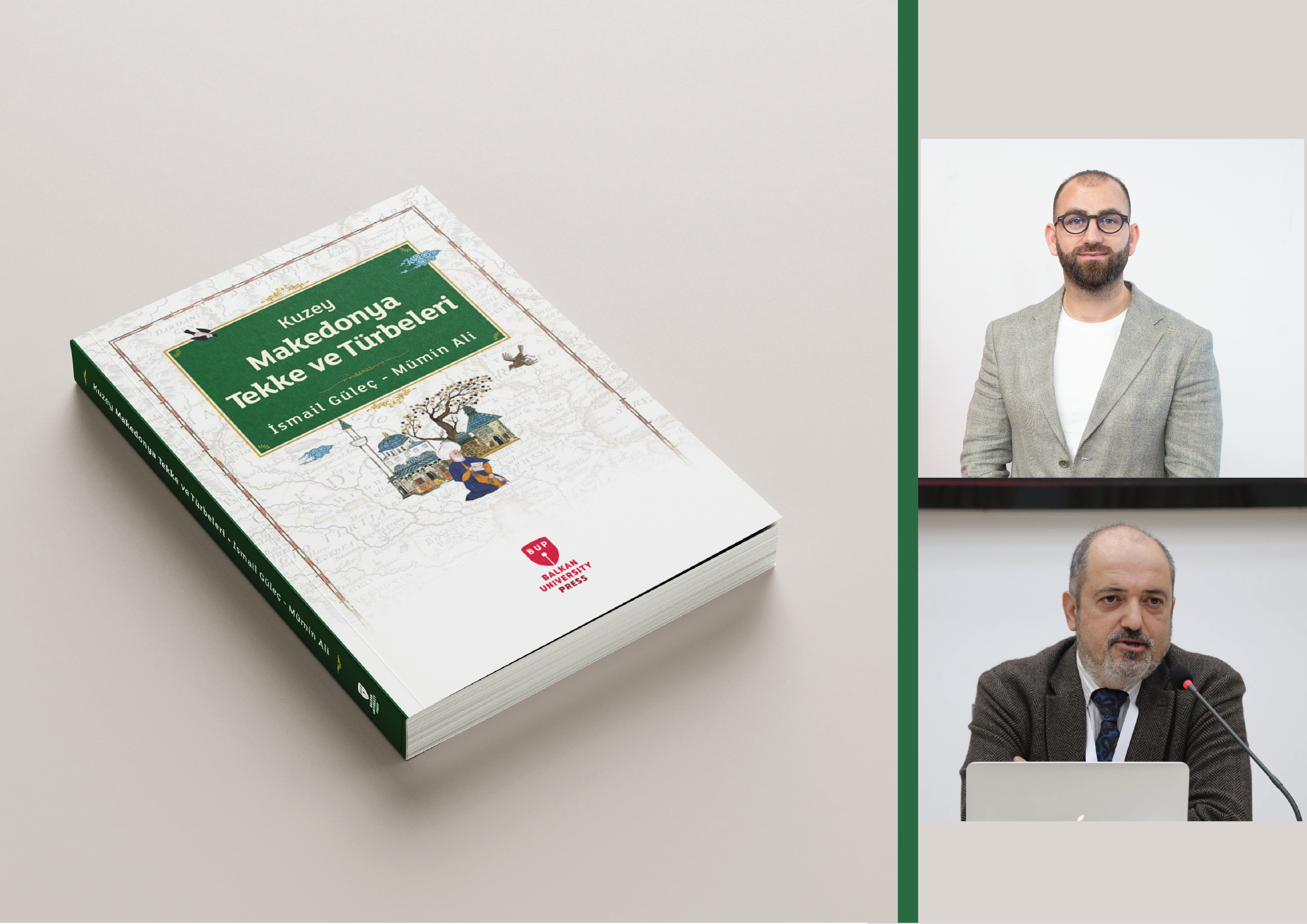
BUP INTERVIEW WITH PROF. ISMAIL GÜLEÇ AND ASST. PROF. MÜMIN ALI
Date: 26.09.2024 -
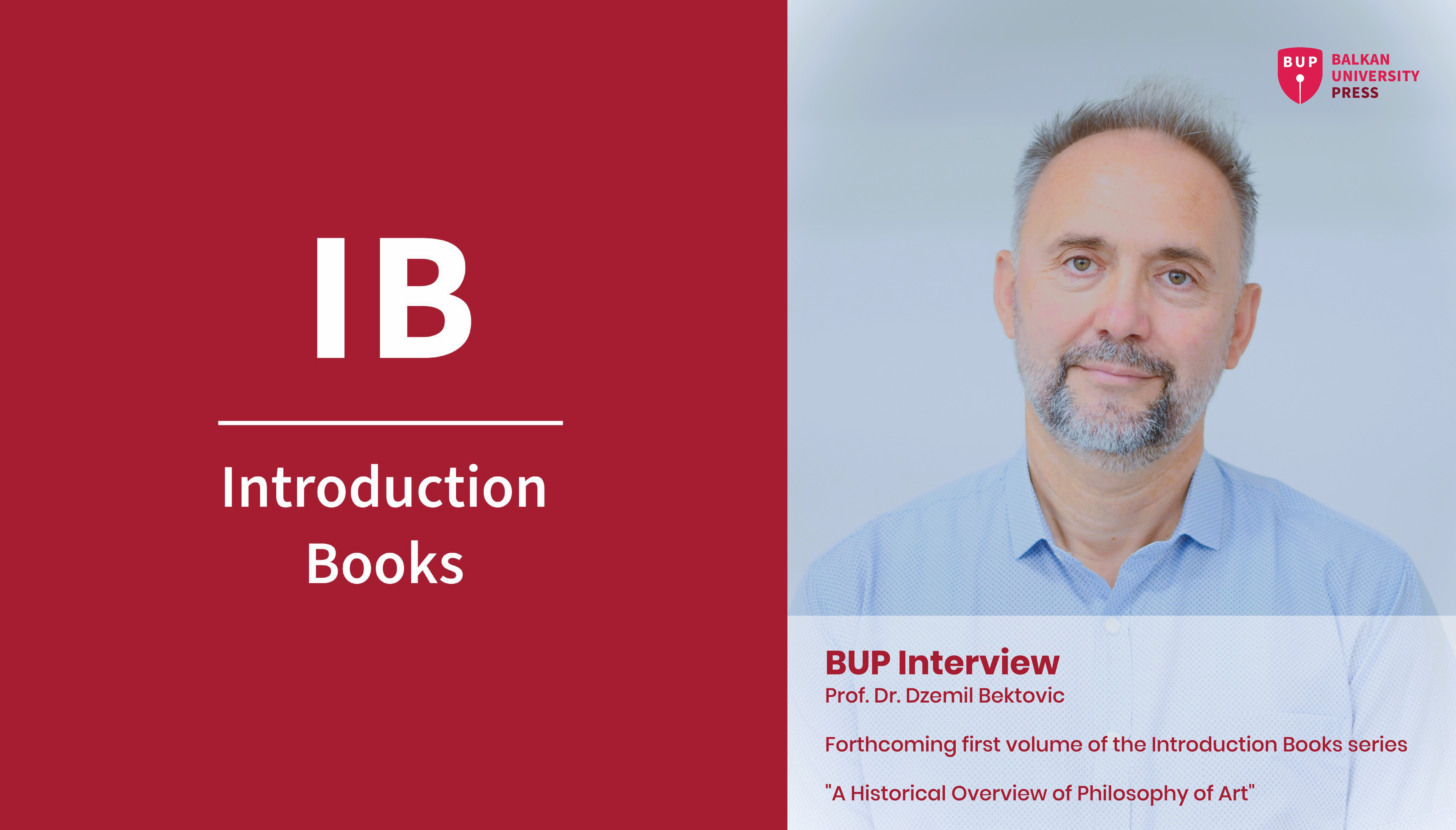
BUP Interview with Prof. Dzemil Bektovic
Date: 04.10.2024 -
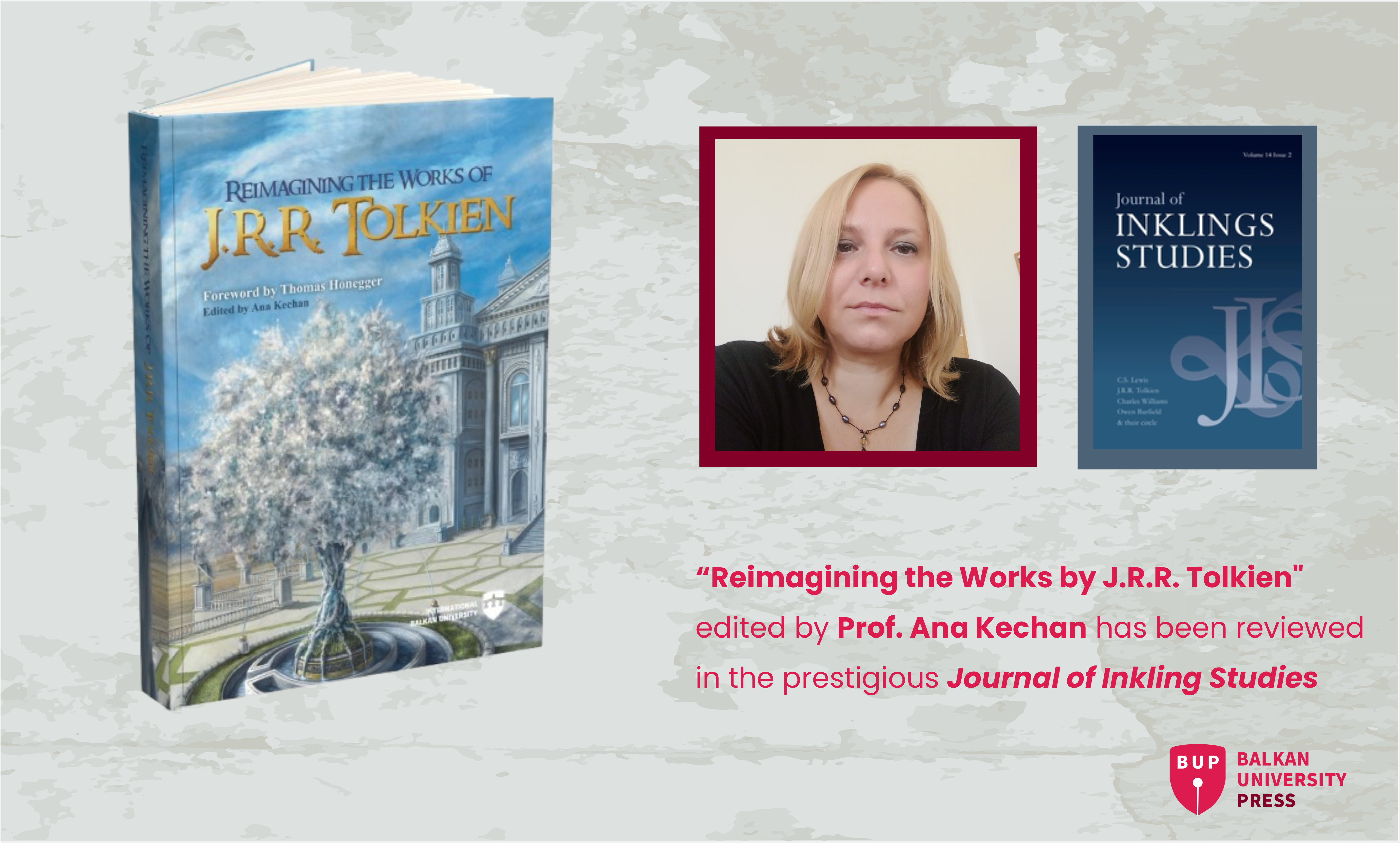
-

BUP Interview with Prof. Shener Bilalli
Date: 30.10.2024 -
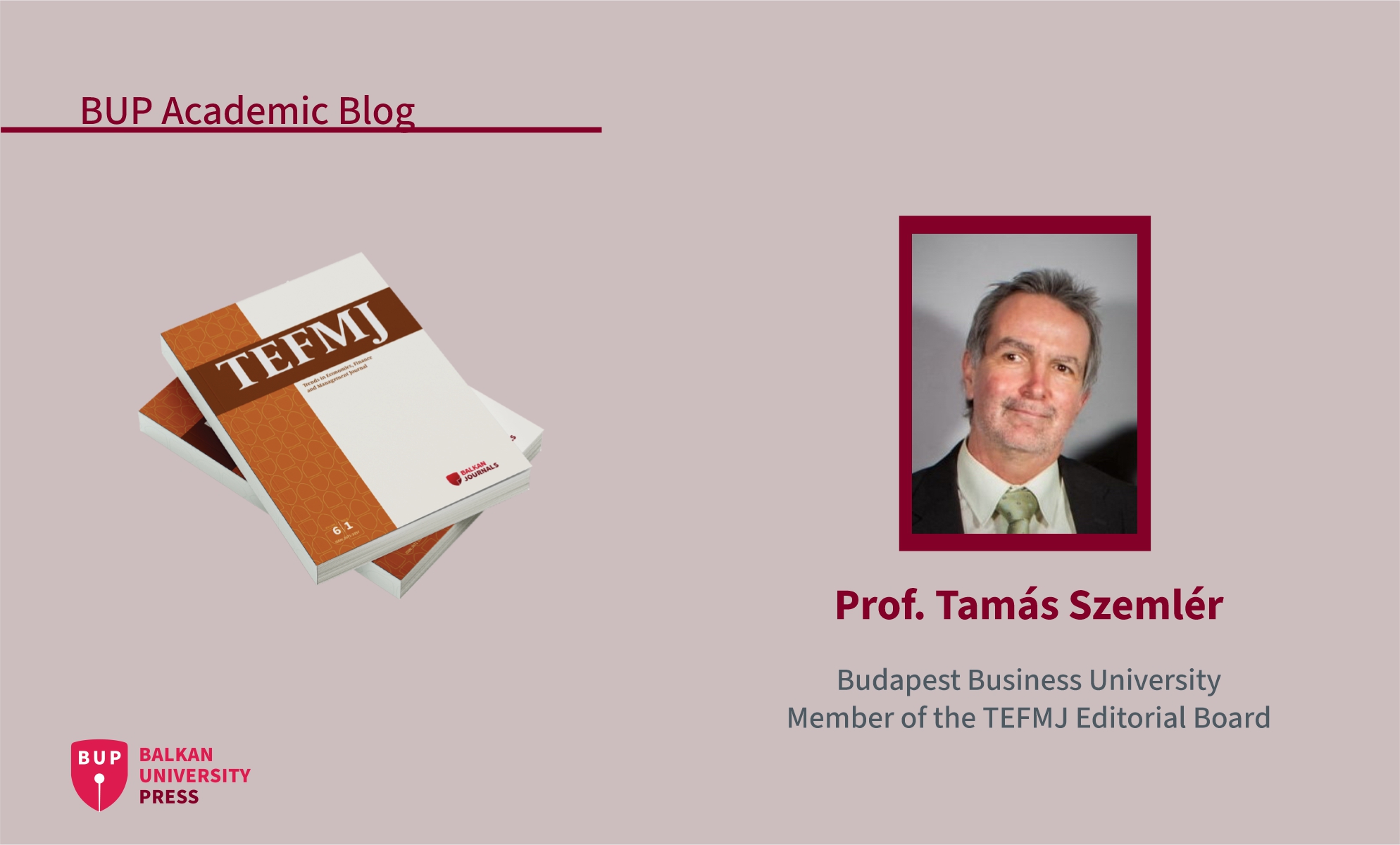
BUP Academic Blog with Prof. Tamás Szemlér
Date: 08.11.2024 -
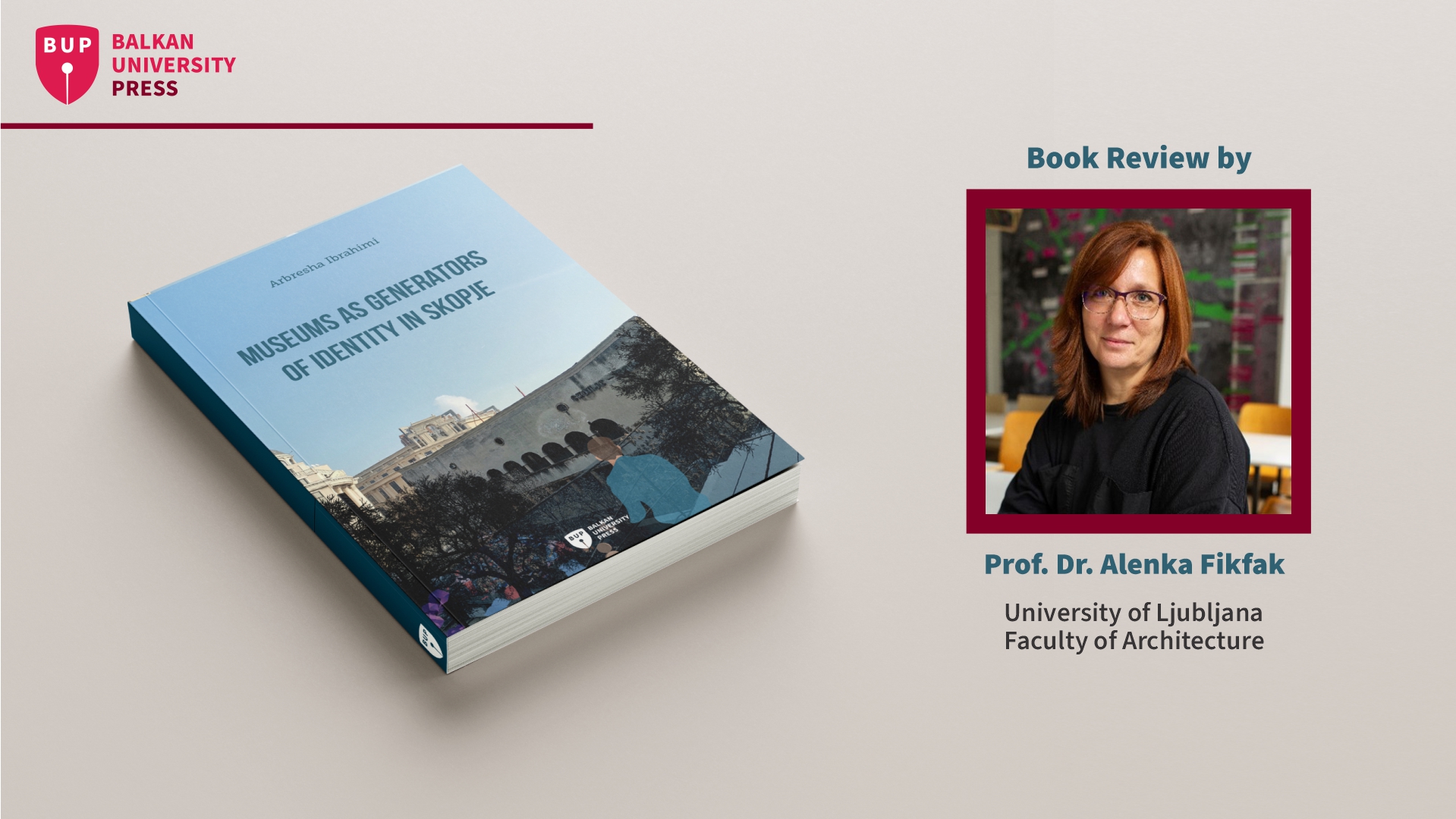
Book Review for "Museums as Generators of Identity in Skopje"
Date: 20.11.2024 -
BUP Interview with Arbresha Ibrahimi
Date: 25.11.2024 -

The first volume of Balkan Research Journal is here
Date: 02.12.2024 -
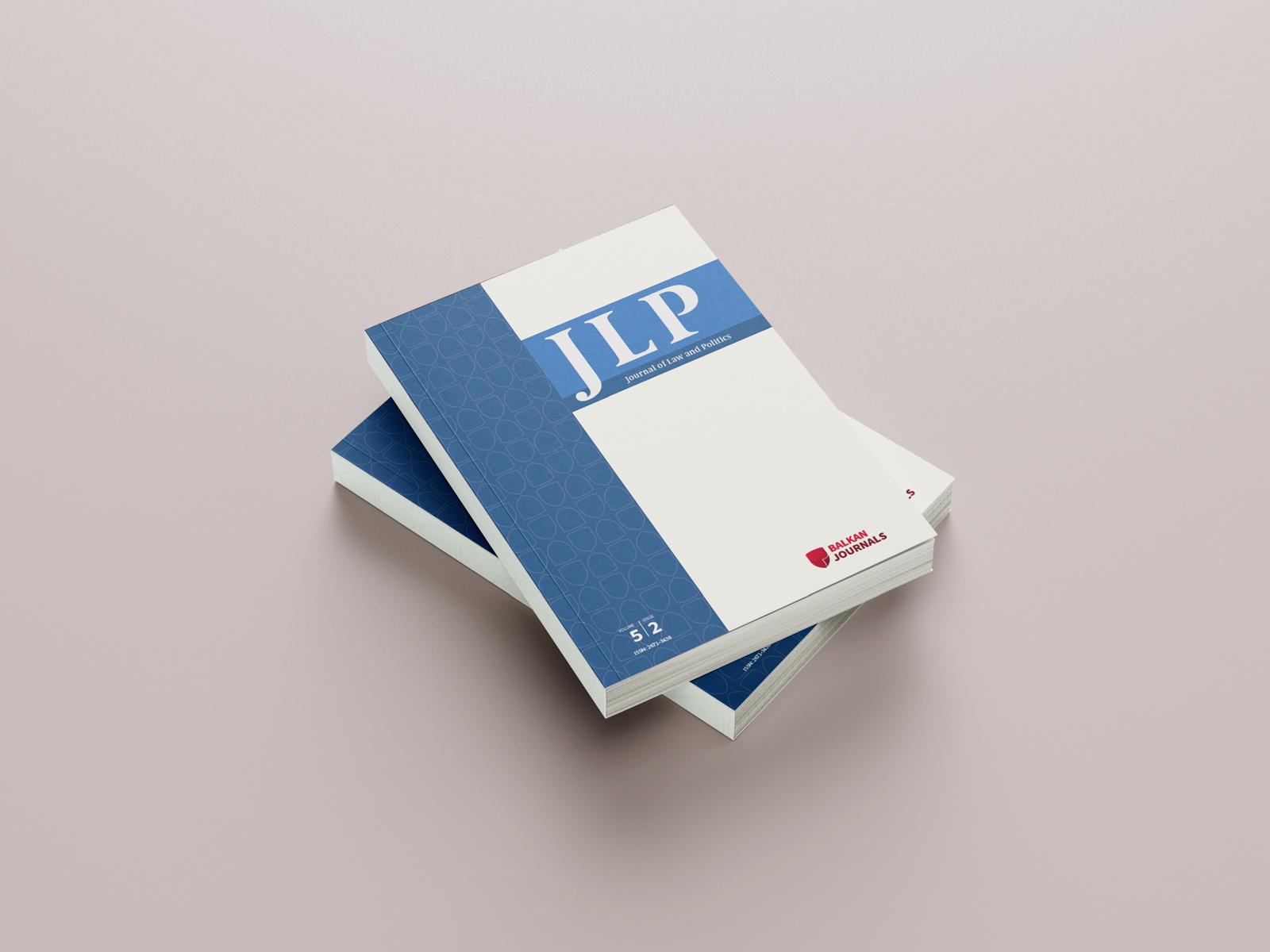
Volume 5, Issue 2 of the Journal of Law and Politics is published
Date: 31.10.2024 -

The inaugural issue of Journal of Balkan Architecture is published
Date: 29.11.2024 -
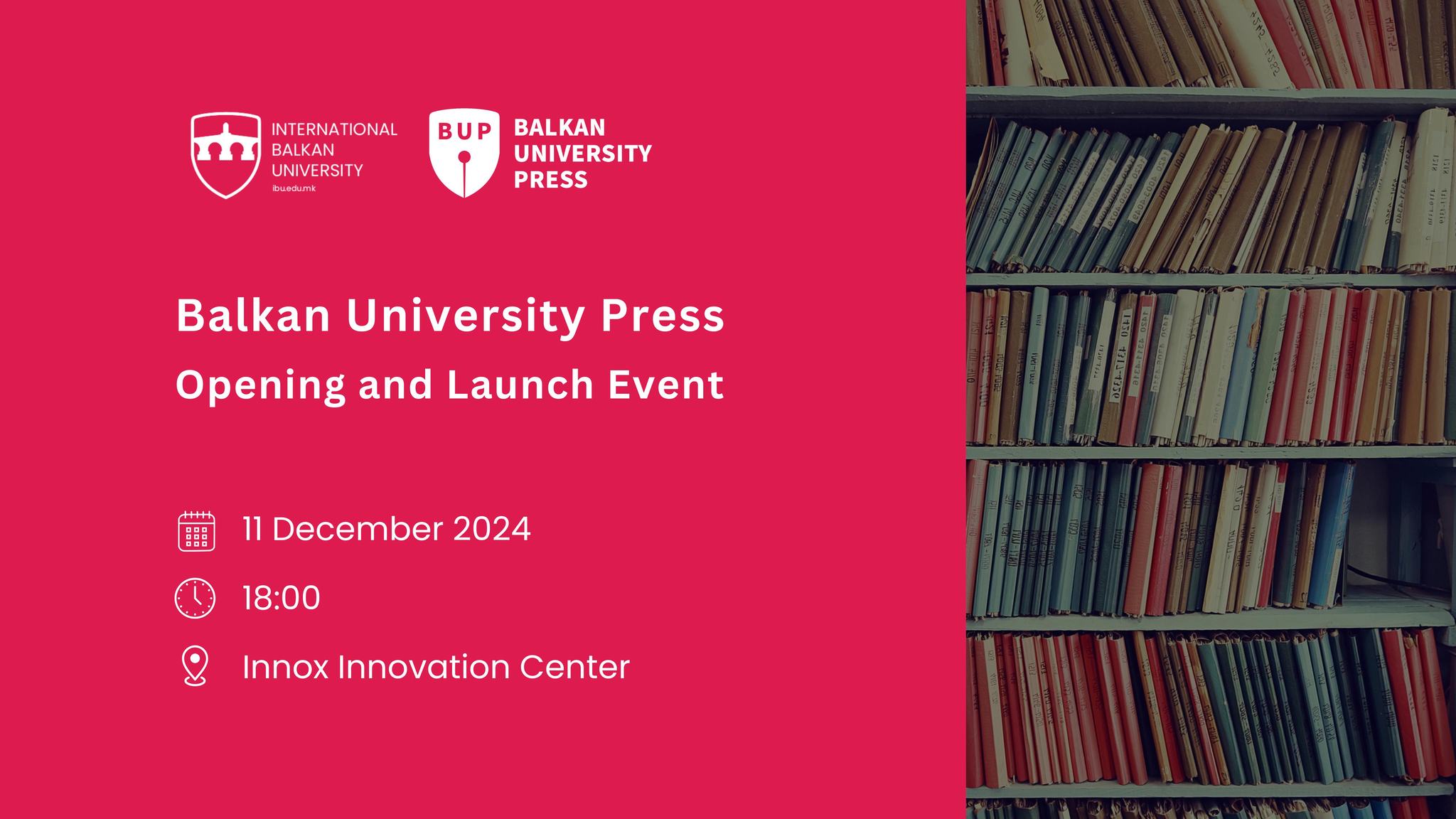
BUP Launch Event
Date: 10.12.2024 -

Grand Launch of Balkan University Press
Date: 12.12.2024 -

BALKAN UNIVERSITY PRESS
Date: 09.01.2025 -

Publication of a book
Date: 30.12.2024 -
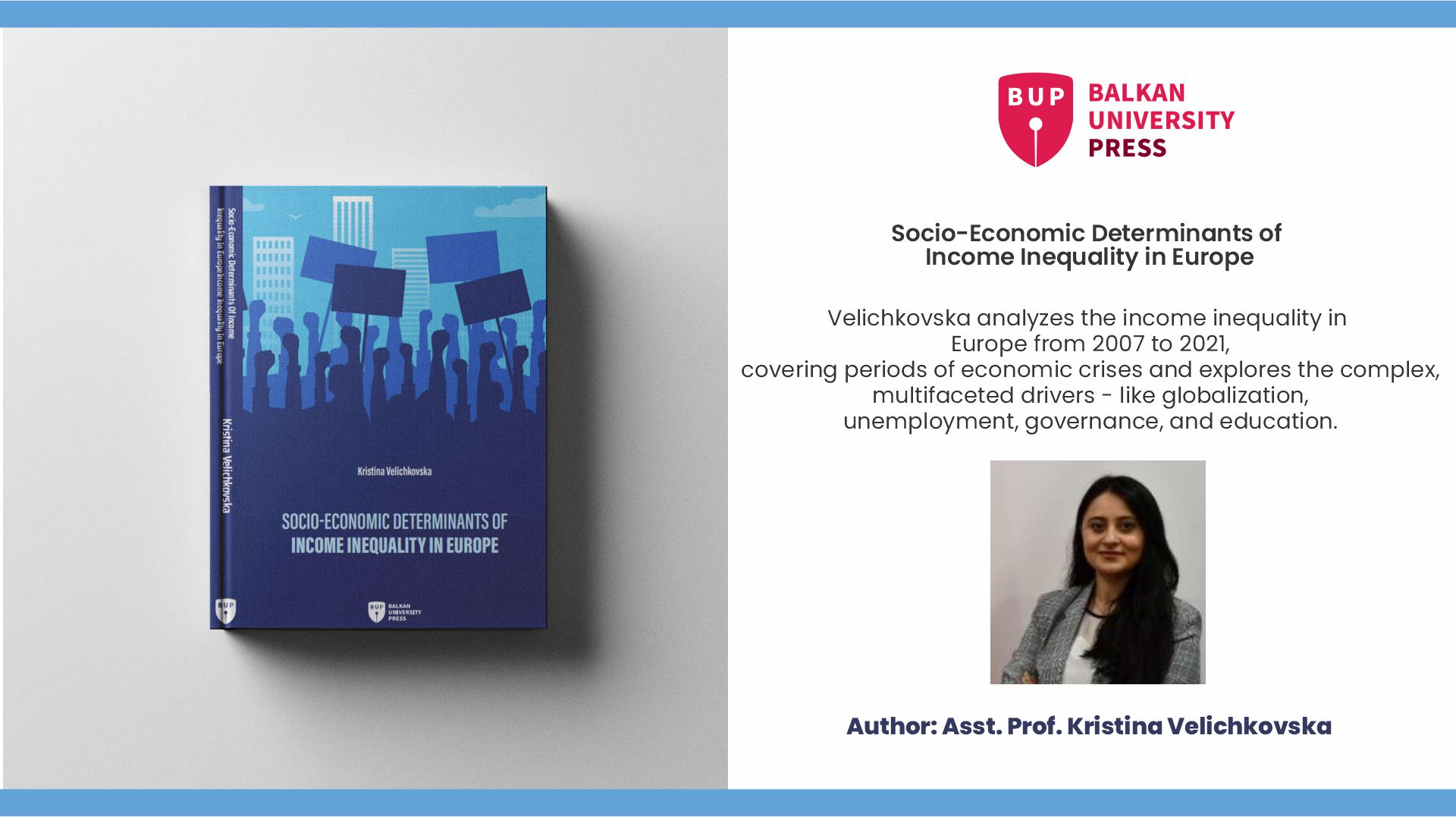
Publication of a book
Date: 24.12.2024 -
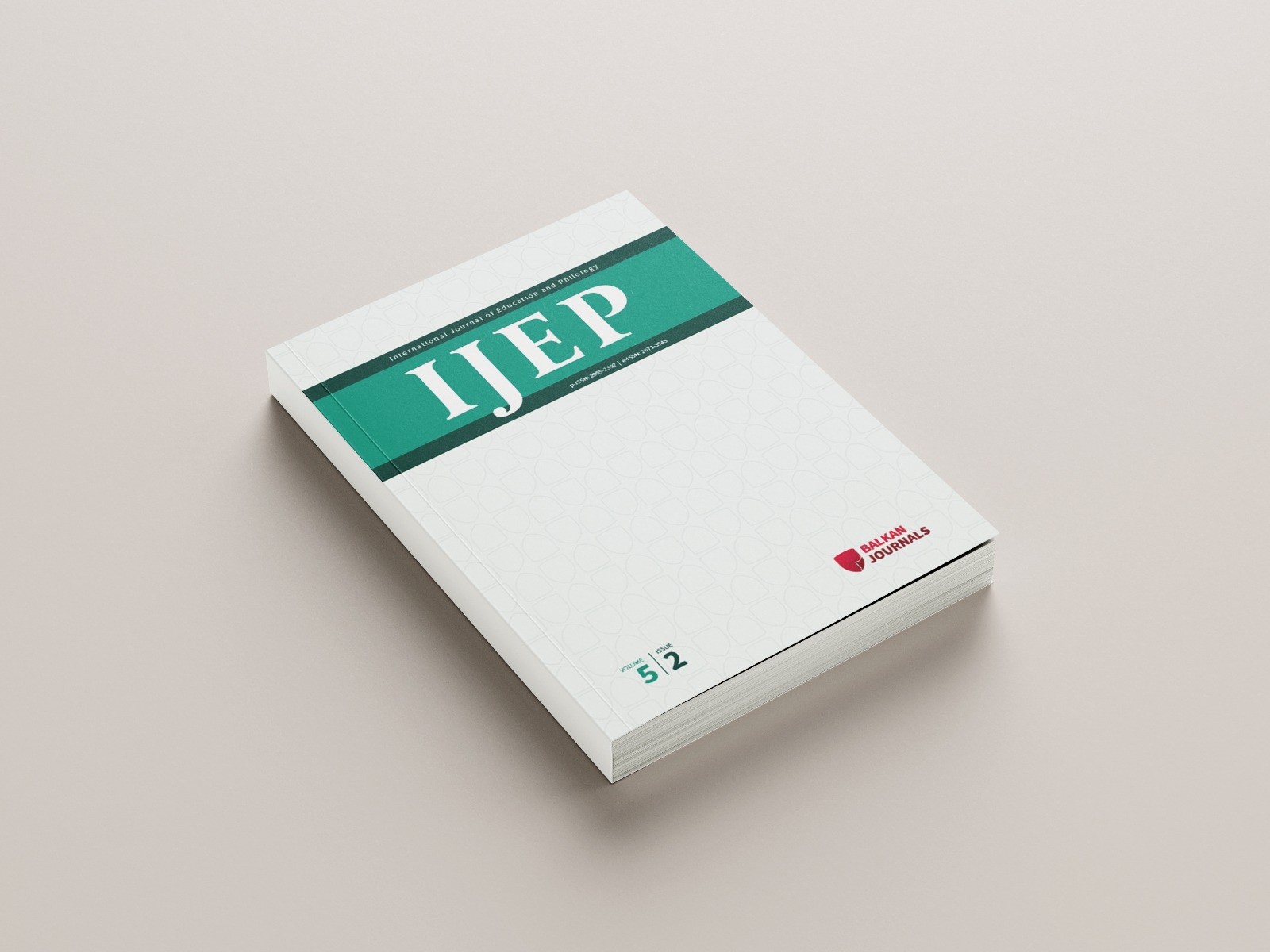
The December Issue of IJEP is published
Date: 31.12.2024 -

The December Issue of TEFMJ is published
Date: 16.01.2025 -
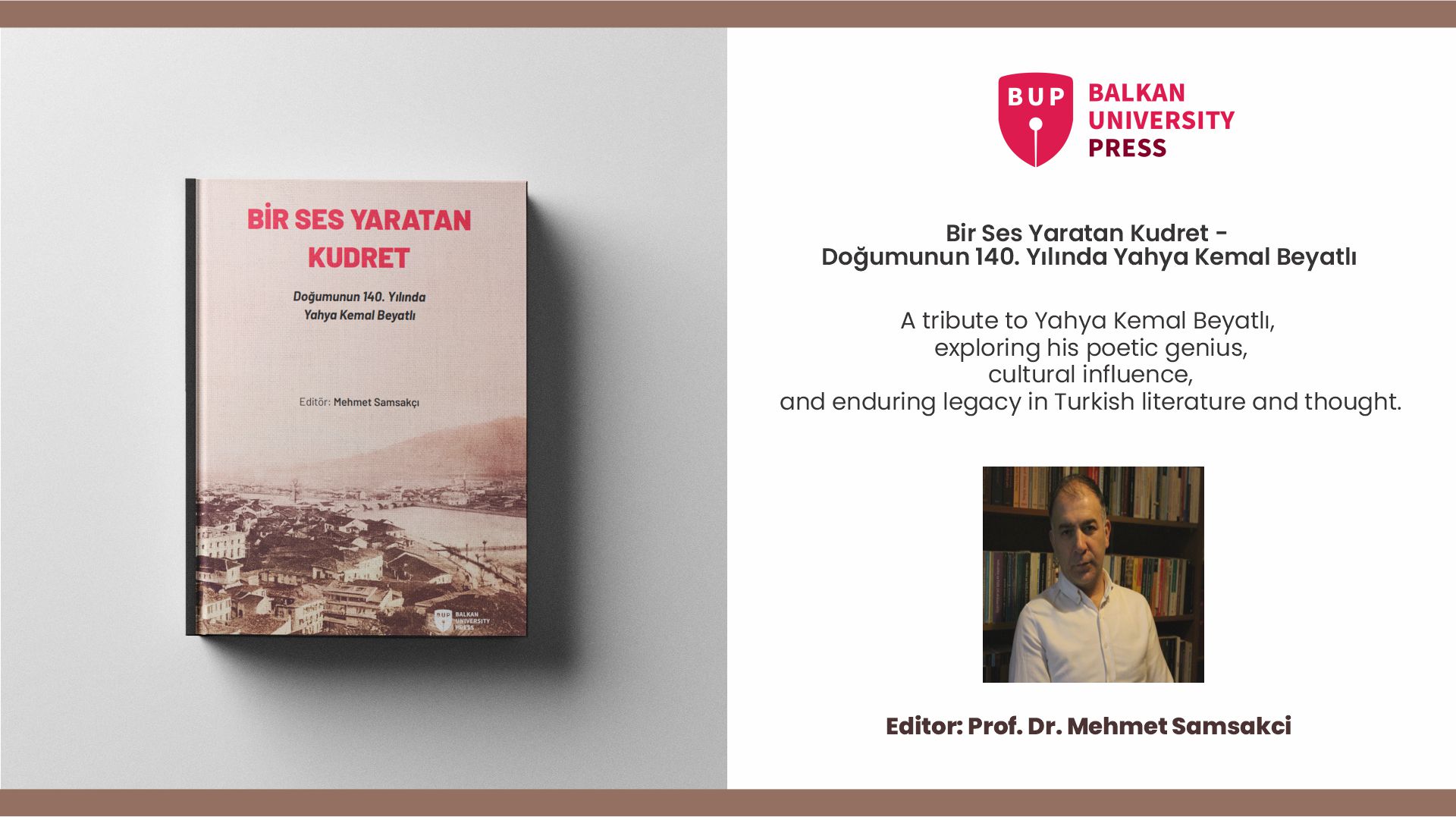
-
BUP Interview with Asst. Prof. Kristina Velichkovska
Date: 29.01.2025 -
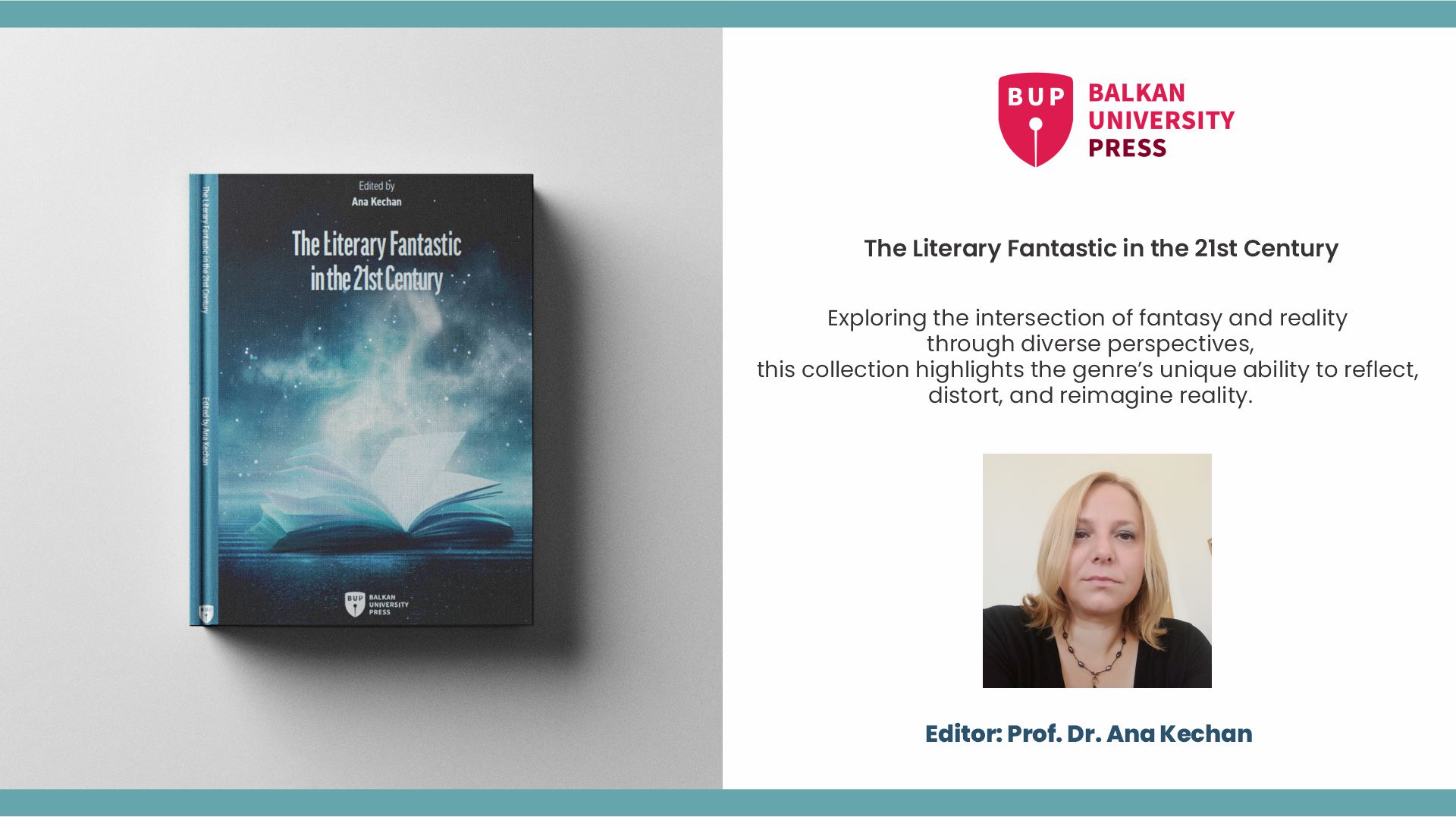
-

-
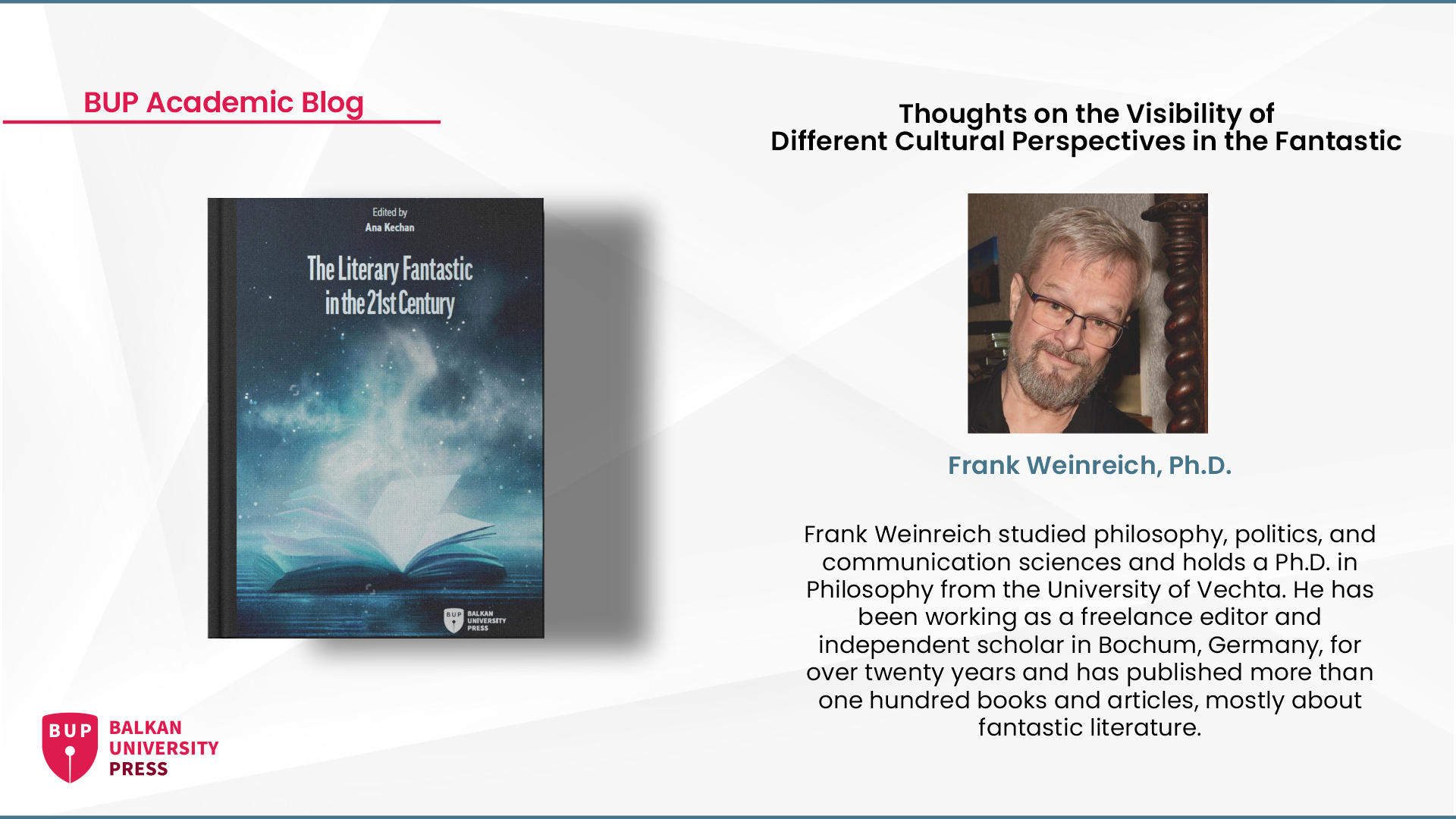
BUP Academic Blog by Frank Weinreich
Date: 20.02.2025 -
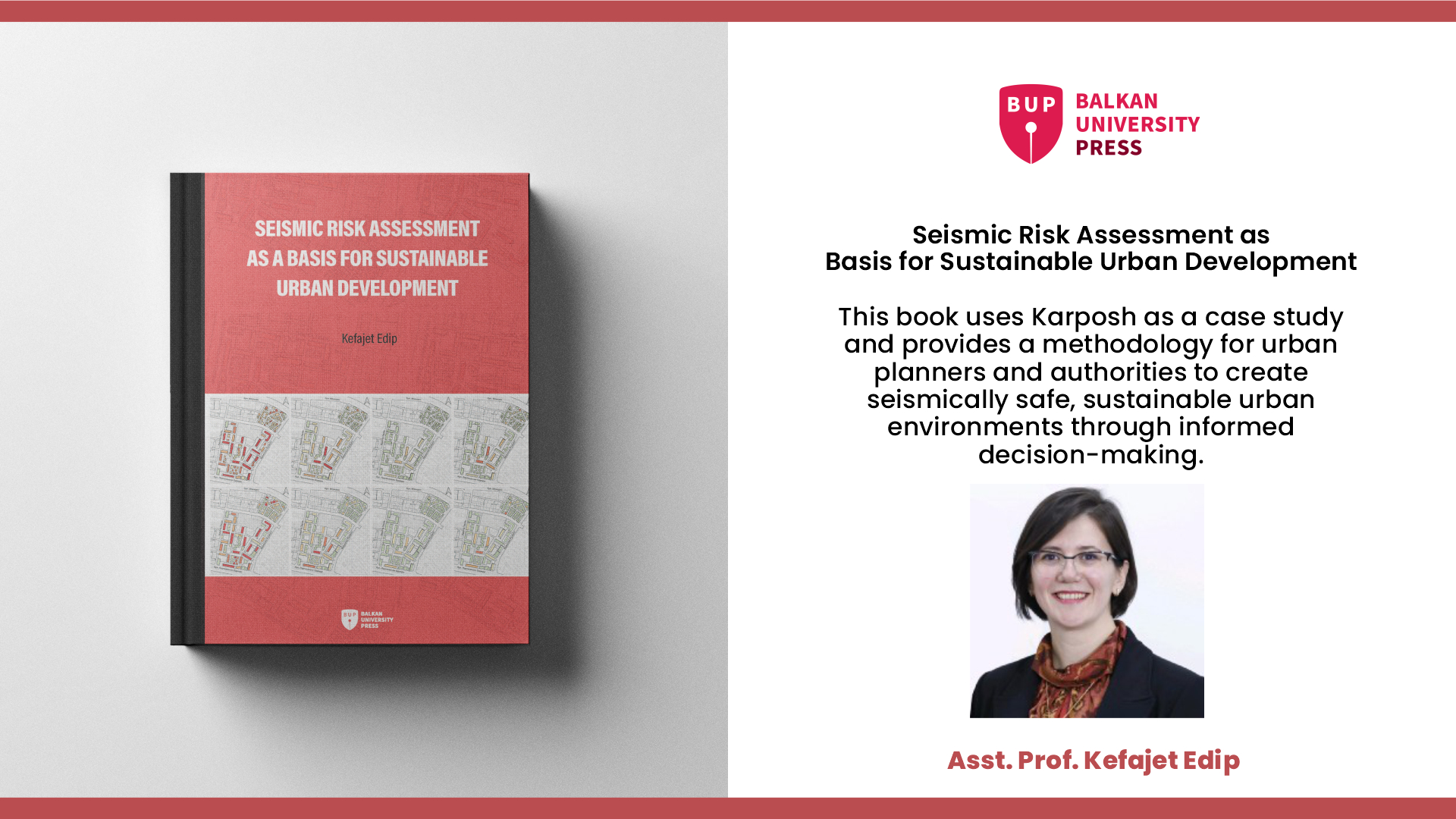
-

-

BUP Interview with Prof. Dr. Ana Kechan
Date: 30.04.2025 -

BUP Interview with Ozlem Kurt
Date: 14.05.2025 -

BUP Interview With Assoc. Prof. Igballe Miftari-Fetishi
Date: 03.09.2025 -
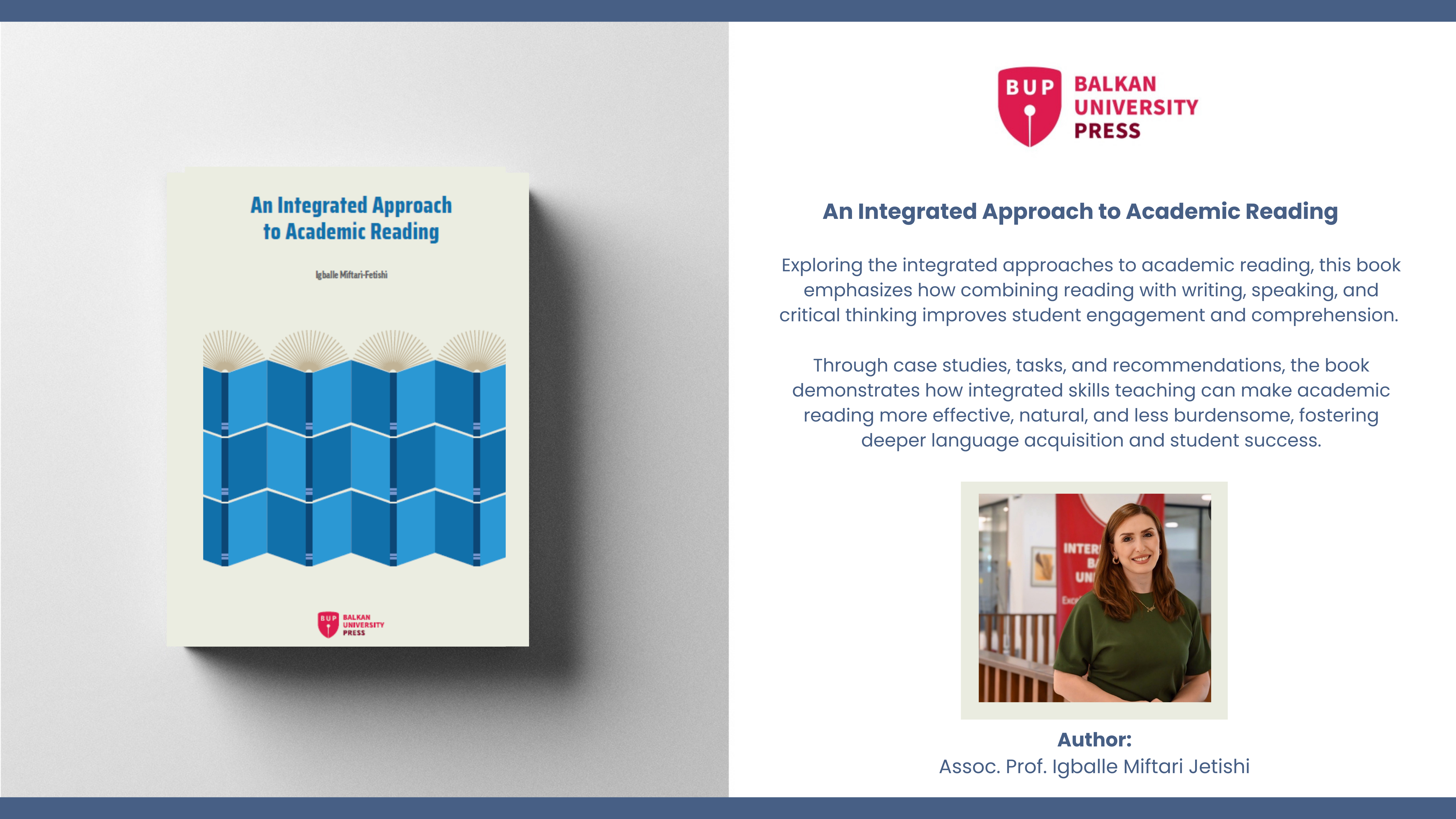
Publication of the book "An Integrated Approach to Academic Reading"
Date: 09.09.2025 -

BUP Interview with Nikola Dacev
Date: 15.09.2025 -

Publication of the book "Civil Law"
Date: 17.09.2025 -
BUP Interview with Ekaterina Namicheva Todorovska
Date: 22.09.2025 -
.png)
-
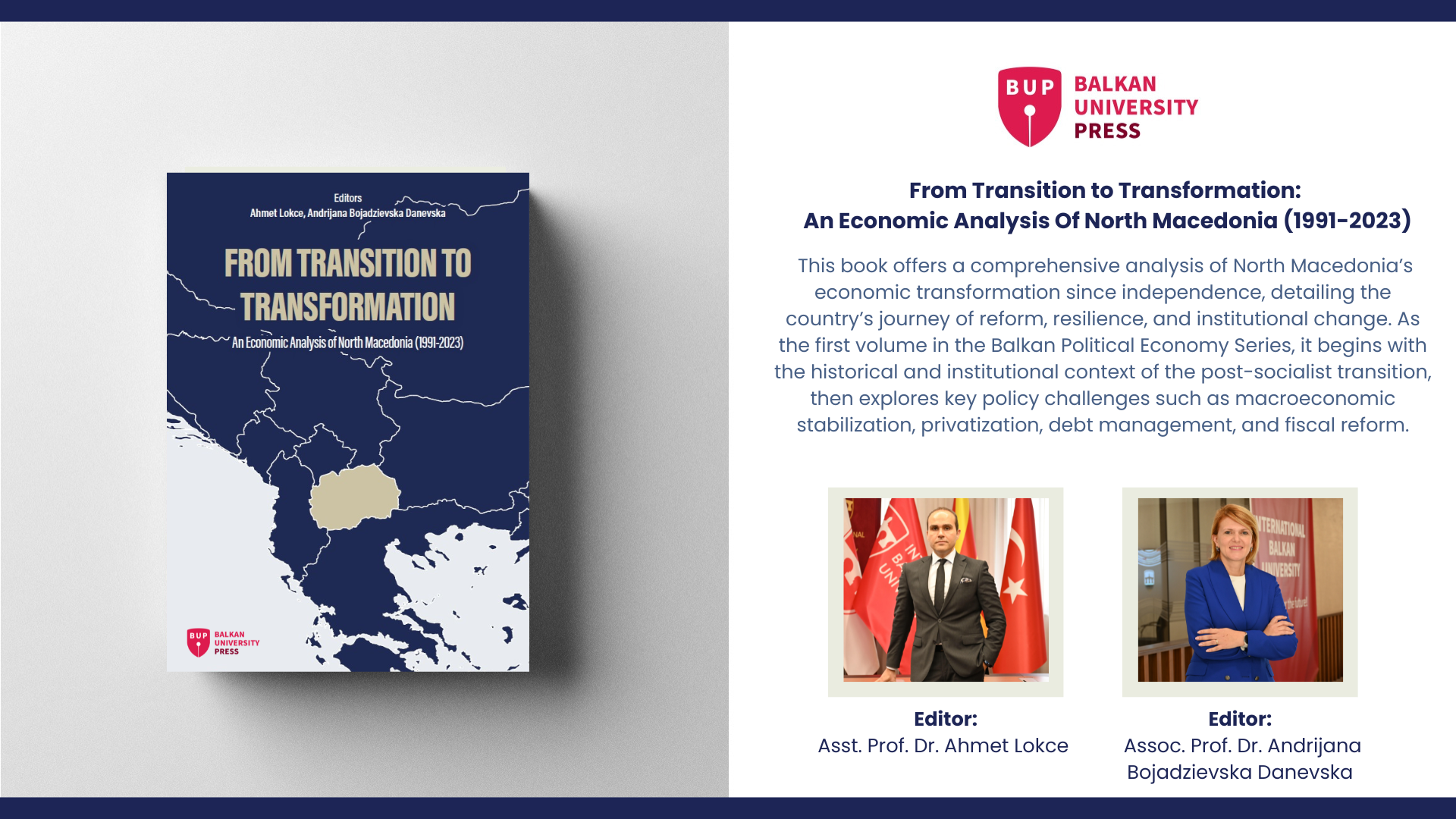
The first book of the Balkan Political Economy Series is published
Date: 07.10.2025 -

OPEN CALL for Book Chapters
Date: 08.10.2025 -

-
.png)
-

BUP Interview with Sumea Ramadani
Date: 24.10.2025
